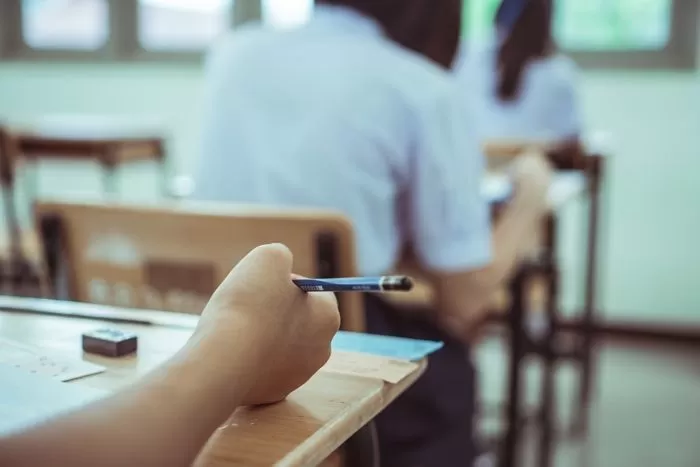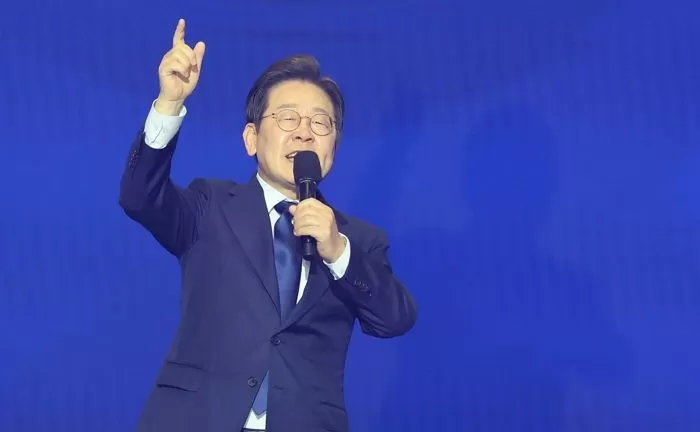From 2026, 'school violence' will be fully reflected in university admissions… Mandatory for all types of admissions
Starting from the 2026 academic year, measures related to school violence will be mandatorily reflected in all types of university admissions, including regular and rolling admissions. This is a follow-up action to the 'Comprehensive Measures to Eradicate School Violence' announced by the Ministry of Education in 2023. This applies to all types, including student record-based admissions, essay-based admissions, standardized test-based admissions, and practical skills-based admissions, without exception. However, the specific reflection methods may vary depending on the university and the type of admission.
The most significant feature of this year's university admissions is the strengthened impact of school violence history. In the 2025 academic year, 147 universities voluntarily reflected this; however, from the 2026 academic year onwards, all universities nationwide must implement it mandatorily. The methods of reflection are categorized into three types: quantitative evaluation, qualitative evaluation, and restrictions on eligibility.

Different reflection methods by university… Quantitative, qualitative, and eligibility restrictions
The methods of reflecting school violence measures will be left to the discretion of individual universities. Therefore, the application methods may differ based on the university or type of admission.
For instance, Korea University applies qualitative evaluation for school recommendation, academic excellence, and field-fit admissions, while applying quantitative evaluation for essay-based and standardized test-based admissions. The point deduction ranges from a maximum of 20 points to a minimum of 1 point. In the case of physical education and special talent admissions, if there is any verified wrongdoing, the candidate will be deemed ineligible and cannot be accepted.
School violence measures are categorized into nine levels according to the 'Act on the Prevention and Countermeasures of School Violence': 1) Written apology, 2) Prohibition of contact, harassment, and retaliatory actions, 3) School service, 4) Community service, 5) Completion of special education or psychological treatment, 6) Suspension from attendance, 7) Class transfer, 8) Transfer to another school, and 9) Expulsion. The higher the measure, the greater the severity, frequency, and intent of the act, resulting in a higher likelihood of disadvantage in university admissions.

Criteria for reflecting in school life records also differ according to the level of measures. Level 13 can be left undecided in the 'Behavior Characteristics and Overall Opinion' section upon completion of the measures; however, level 48 must be documented mandatorily. Some universities limit applications if there are records of school violence. Notable examples include the regional balance admissions at Kyung Hee University, Sookmyung Women's University, Yonsei University’s recommendation type, Ewha Womans University’s high school recommendation, and the language department's principal recommendation at Hankuk University of Foreign Studies.
Deductions vary greatly… Controversy over deletion after graduation remains
The admission deduction criteria based on school violence measures differ by university. At Dongguk University’s standardized test admissions, there is no point deduction for level 13 measures, while level 47 allows deductions ranging from 100 to 400 points depending on the severity of the measure. Those receiving level 8 or 9 measures are automatically disqualified. In contrast, Hongik University has strict criteria, applying deductions from the first written apology measure.
Some universities, like Dongguk University, adjust the deduction range upon submission of an explanatory letter. Thus, instead of uniformly deducting points based solely on the measure level, some cases are assessed for their severity.

Moreover, whether the school violence measure can be deleted post-graduation varies based on the level of punishment. Level 13 measures are deleted upon graduation. Level 45 measures are typically retained for two years after graduation, but can be deleted through review before graduation. Levels 6 and 7 are retained for four years post-graduation, but likewise can be deleted before graduation upon review. In contrast, the transfer (level 8) is retained for four years, and expulsion (level 9) is permanently retained.
Juvenile protection orders and admission disadvantages are separate… Controversy over equity also arises
When preparing for university admissions while still in high school, even a level 1 measure can result in disadvantages. However, when applying as a re-examinee after graduation, certain level 7 measures may not result in disadvantages, depending on the review outcome.
On the other hand, since school records document activities during high school, juvenile protection orders or separate criminal records are not directly reflected in university admissions. This has led to criticisms of "inequity" in the system.
Image sources: Non-related material images / gettyimagesbank, reference images for understanding the article / gettyimagesbank


